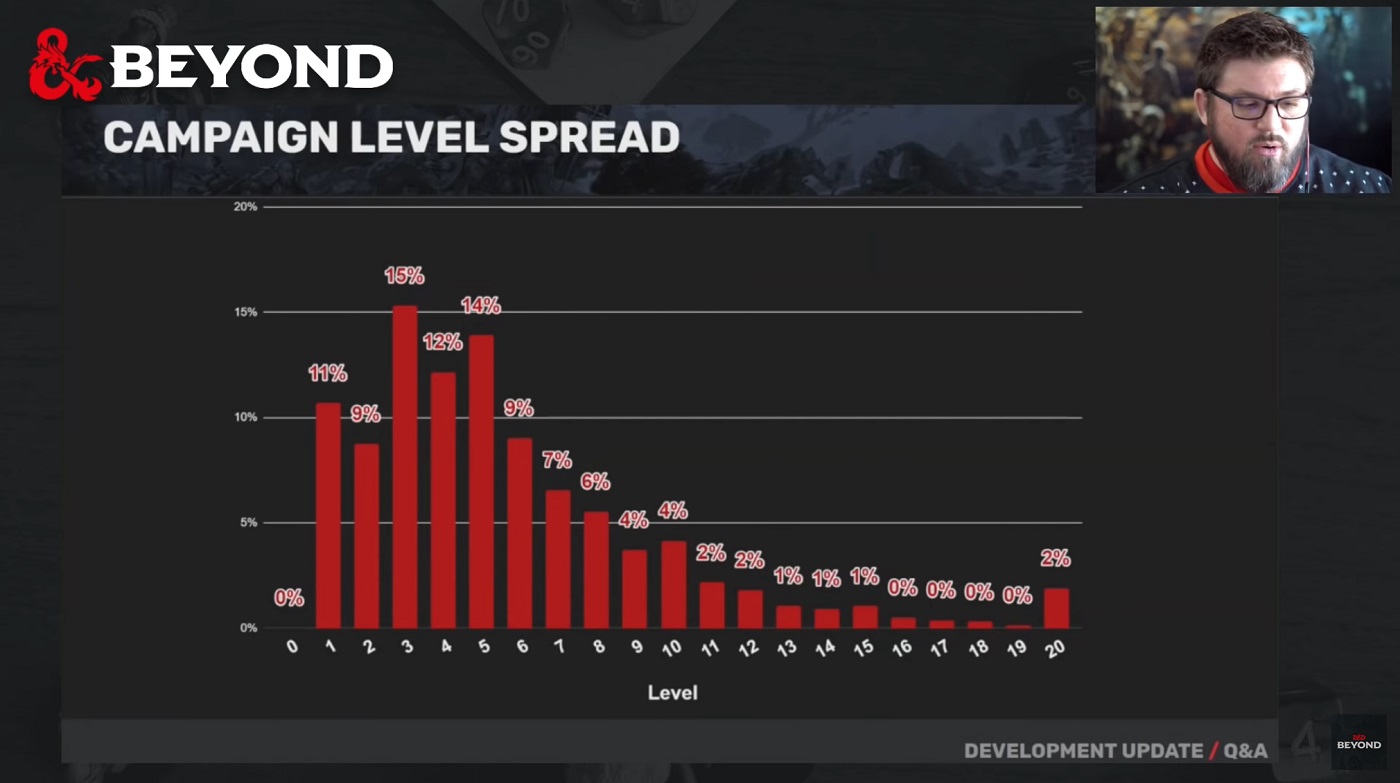I like the concept, but I would move the bar. The first book needs material on how to play the game, what skills are, how to do combat and a bunch of stuff that the higher level book does not need. The lower level book also needs to be as low a barrier-to-entry for new players as possible. So I'd have the low level book be 1st to 8th. 4th level spells are pretty cool and are half the spell lists, there's a good runway to plan ahead, but it is leaving out a lot of things that aren't needed for new players.
I am fine with the Low Tier Players Handbook only including the tiers 1-4 and 5-8. This does keep things simpler and more manageable for new players.
At the same time, I feel the "name levels" at the Master tier, 9-12, when characters create institutions and form communities, offer tangible benefits to the D&D experience.
8th was picked so (a) it doesn't end as soon as you get 4th level spels and the like, and so that they can include "8th level+ feats" so people can dream and drool over what their character will get at later levels.
Yup. Feat choice is an important incentive for each tier.
Another thing WotC might appreciate is that since their surveys say most games go to 10-11, there's build in incentive to buy the next book for players, as opposed to just sticking with one.
BTW, there can and should be stuff in the high tier book that the low tier book doesn't need as well, but the basics of casting, combat, equipment, and all that will take up a lot of space.
I agree, the Low Tier Players Handbook needs to become the go-to book for ALL gaming rules, including ability checks, combat, social, and exploratory.
With regard to how long campaigns last, DnDBeyond published this graph in 2019.
Most campaigns happen within tiers 1-4 and 5-8, with some lingering 9-12.
About 83% of campaigns end during tiers 1-4 and 5-8.
Adding tier 9-12 increases this to 95%.
Only about 3% make it into tier 13-16, but a few diehards, 2%, make it to level 20. In other words, about 5% of campaigns use the Upper Tiers.
(Presumably, when Epic levels 21-24 become default, the 2% that stopped at 20 might press on to 24. Also presumably, if the Upper Tiers include 9-12, this would increase the usage of the Upper Tiers to about 17%.)
But if the Upper Tiers are fun, and gain support, the percentage of use can be significantly more.




